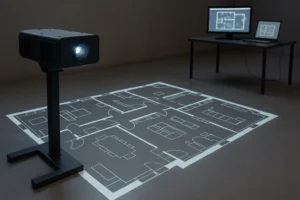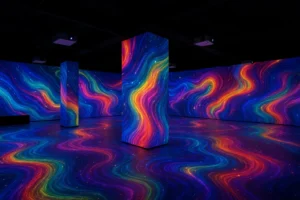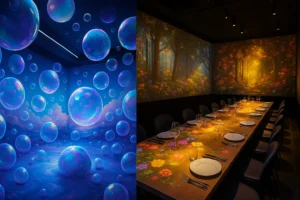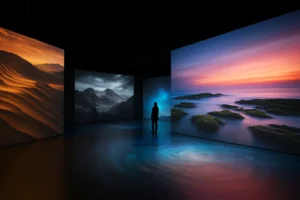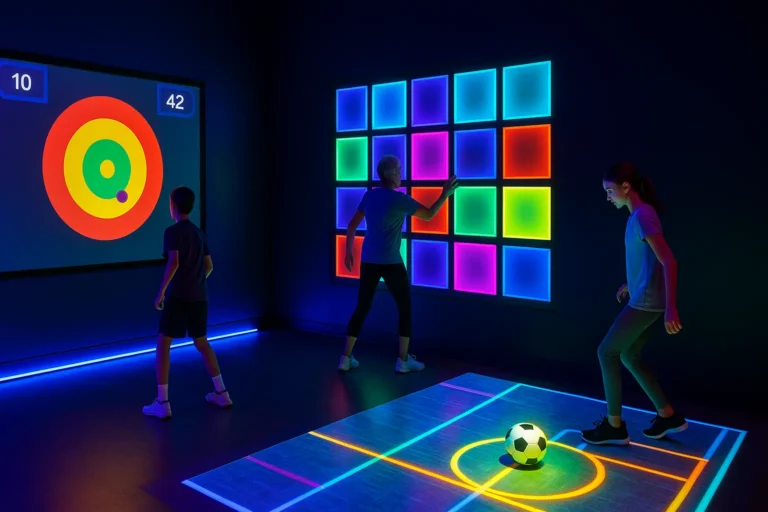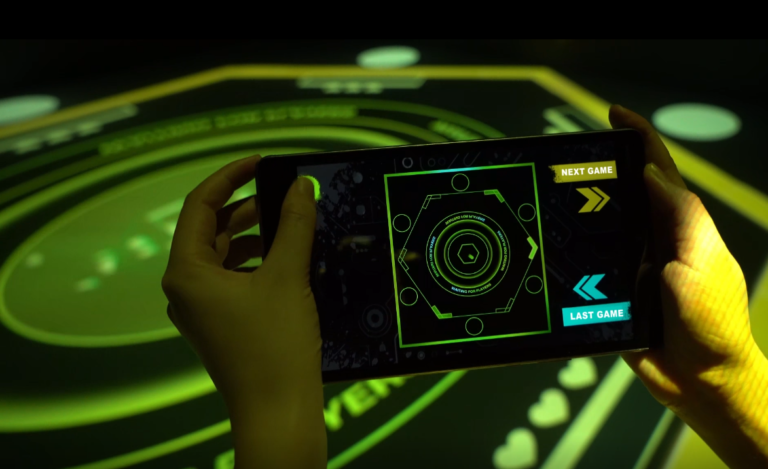Imagine stepping into a world where walls and floors respond to your touch, transforming static spaces into dynamic playgrounds for learning, entertainment, and engagement. This is the reality of interactive projection technology, pushing the boundaries of visual communication and captivating audiences like never before.
But what lies beneath the magic? Let’s embark on a journey into the heart of this technology, demystifying its key components and unlocking its vast potential.
The Symphony of Hardware and Software:
An interactive projection system is an intricate orchestration of hardware and software, each component playing a crucial role in the final spectacle.
- Floor Projector System: The heart of the experience, the projector beams high-resolution images onto surfaces, creating the canvas for interaction. From ultra-short throw to high-brightness options, choosing the right projector depends on space, ambient light, and desired resolution.
- Interactive Projector Radar Capture: This invisible conductor guides the interaction. Infrared cameras or depth sensors track user movement, translating gestures and touches into commands recognized by the software. Accuracy and latency are crucial for a seamless experience.
- Wall Projection Machine Infrared: For wall-mounted interactive displays, specialized projectors equipped with infrared emitters and cameras enable touchless interaction, ideal for public spaces or hygiene-sensitive environments.
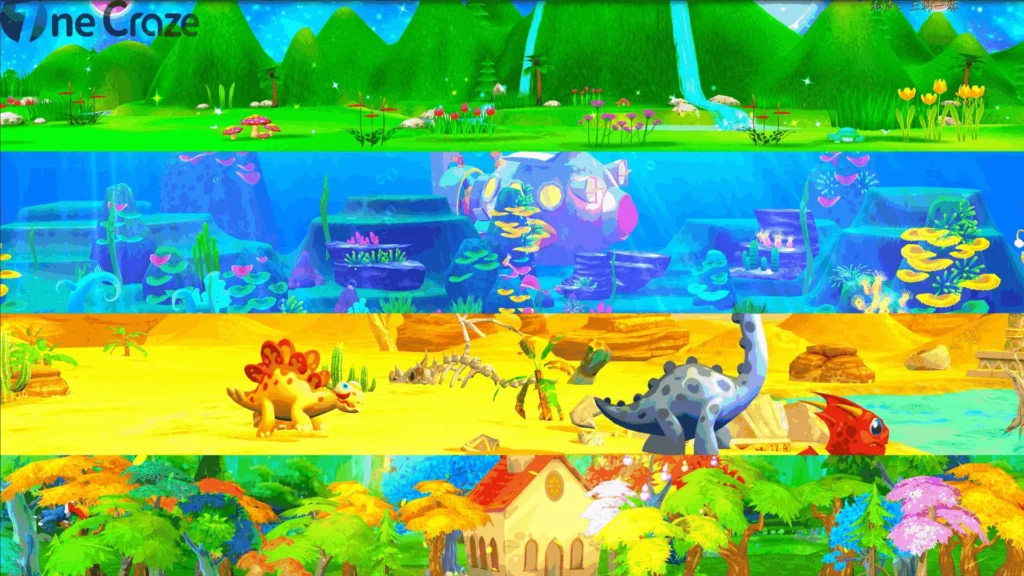
The Maestro: Interactive Gaming Software
Behind the scenes, the interactive gaming software breathes life into the projected canvas. This powerful engine processes inputs from the capture system, analyzes gestures, and triggers pre-programmed responses or renders real-time visuals. Choosing the right software depends on the desired application:
- Educational Software: From interactive lessons to gamified learning experiences, educational software engages students, enhances knowledge retention, and fosters a love for learning.
- Entertainment Software: Dive into immersive games, challenge friends in virtual competitions, or create dynamic art installations – the possibilities are endless with specialized entertainment software.
- Marketing and Retail Software: Capture attention, showcase products in interactive ways, and gather valuable data with software designed for engaging marketing and retail experiences.
Beyond the Technology: Applications and Benefits
The applications of interactive projection technology extend far beyond mere entertainment. Consider the possibilities:
- Education: Imagine classrooms where walls come alive with interactive lessons, fostering curiosity and collaboration.
- Retail: Transform stores into interactive playgrounds, enabling customers to explore products, visualize furniture placement, or virtually try on clothes.
- Event Marketing: Capture attention at trade shows, launch experiential campaigns, or create unforgettable brand activations with interactive displays.
- Museums and Exhibitions: Bring history to life, engage visitors with interactive exhibits, and make learning both fun and impactful.


Harmonizing the Orchestra: Choosing the Right Partner
Navigating the world of interactive projection technology can be daunting. Here’s how to choose the right hardware and software providers:
- Define your needs: Identify your target audience, desired applications, and budget constraints to focus your search.
- Research providers: Explore portfolios, compare features and specifications, and prioritize companies with experience in your desired application area.
- Seek expert advice: Don’t hesitate to consult with industry professionals for recommendations and guidance.
A Final Note: Frequently Asked Questions
Q: Is interactive projection technology expensive?
A: While the initial investment can be higher than traditional displays, the cost-per-play is significantly lower. Additionally, the technology’s versatility opens doors to diverse revenue streams, justifying the initial investment.

A Visionary Future
Interactive projection technology is not just a fad; it’s a revolution in engagement and communication. By understanding its components, exploring its applications, and choosing the right partners, you can unlock its potential to transform spaces, captivate audiences, and create truly unforgettable experiences. So, step into the future, embrace the symphony of hardware and software, and watch as static spaces come alive with the magic of interactive projection technology.



